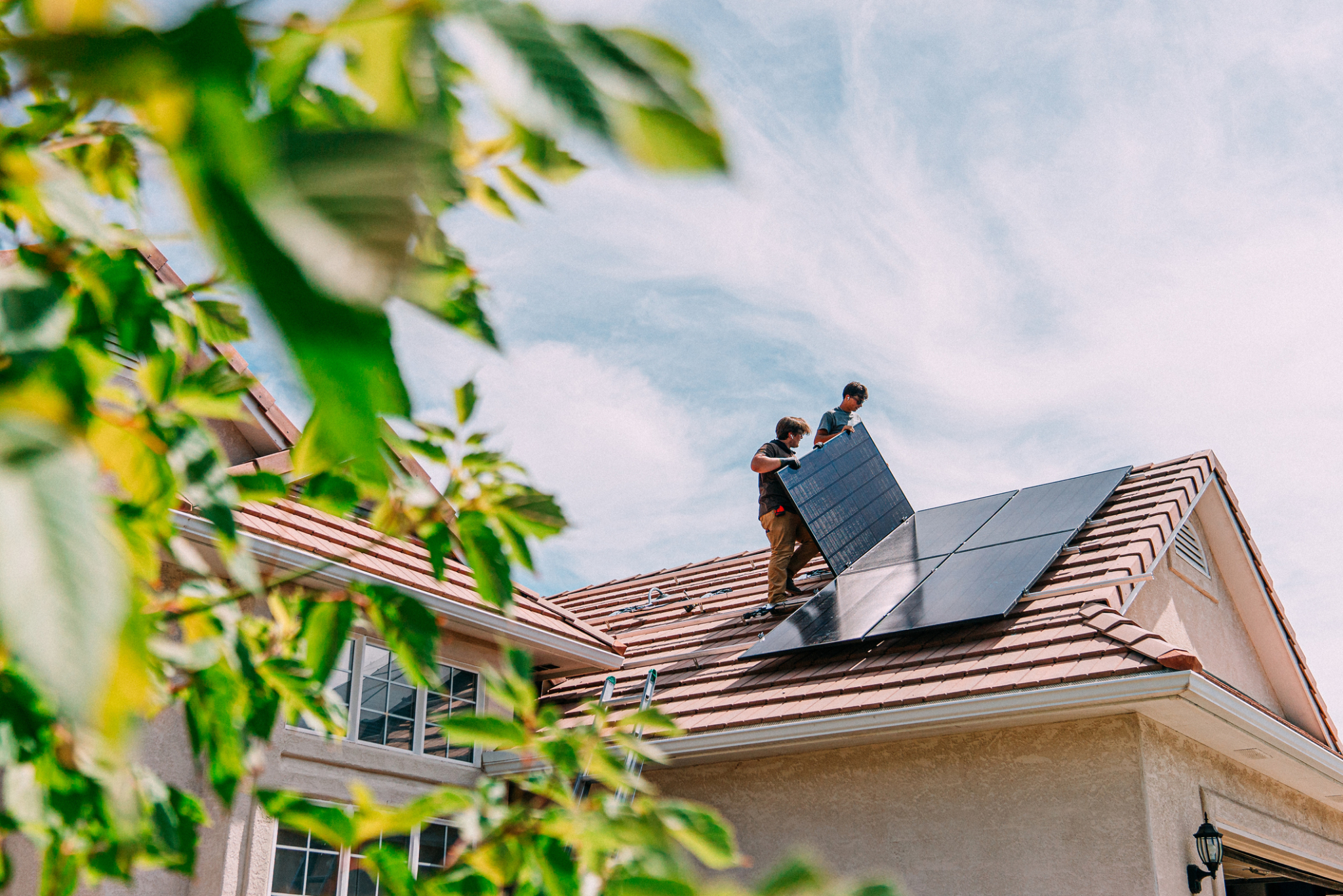
Meanwhile, a bipartisan group of senators want the Biden administration to increase tariffs on solar imports.
When the Uyghur Forced Labor Prevention Act (UFLPA) went into effect in 2022, one of the types of imports most often detained by U.S. Customs officials was solar products from China. In 2022 alone, 1,423 individual shipments of solar products were seized on suspicion that they were made in whole or part in Xinjiang, where the Chinese government is overseeing a genocide of the Uyghur people.
While there’s still a lot that needs to be done to fully enforce the UFLPA, the fact that at least some solar products almost certainly made with forced labor were stopped from entering the country was a good sign that some progress was being made.
But the thing is, the bad actors know how to pivot.
A new report from Bloomberg News finds that Waaree Energies Ltd., which is India’s largest solar maker, has sent “millions of panels to the US with components from a Chinese company whose products were repeatedly denied entry to the US market over concerns about forced labor.”
According to Bloomberg’s Sheridan Prasso, solar cells made by China’s Longi Green Energy Technology Co. “are used in Waaree panels blanketing solar farms in Texas and other states.” Prasso continues:
“Imports of Waaree panels raise questions about how US Customs and Border Protection officials are enforcing a ban on products tied to the repression of Uyghur people in China’s Xinjiang region. The agency has detained thousands of shipments of solar panels made by Chinese-owned companies since it began enforcing the ban in June 2022 — interventions that companies can overturn by providing evidence their supply chains don’t involve Xinjiang sources.
“That focus on China has created an opportunity for Indian solar producers, which exported almost $2 billion worth of panels to the US in the first 11 months of last year, a fivefold increase over all of 2022, according to data compiled by BloombergNEF.”
Indeed, Longi has “acknowledged the impact” of the UFLPA on its business, with its chairman calling it a “massive impairment” and telling investors that since its products “cannot enter the United States, we need to process the returns of these products and resell them globally,” Bloomberg reported.
Therein lies the challenge, and it’s not just India. With more restrictions on Chinese products (rightly) being put into place, many Chinese companies are pivoting to third-party countries like Vietnam and Mexico to sell their products, knowing that they will eventually be put into goods that make it to the United States anyway.
Or, these Chinese entities set up shop in third-party countries where they conduct final assembly and slap a “Made in Vietnam” or “Made in Mexico” label on their goods, even though the bulk of the item was manufactured in China. It’s worth noting that Longi’s facilities are located in Malaysia and Vietnam, and U.S. Customs has determined that many of its products still contain parts made with forced Uyghur labor in Xinjiang.
This is why new trade tools are needed, like those found in the Leveling the Playing Field Act 2.0, which addresses this “country hopping” and accelerates investigation timelines for repeat trade offenders. And we also need to significantly strengthen enforcement of the UFLPA, knowing that many solar goods made with parts in Xinjiang are making their way into the U.S. via other nations.
But that doesn’t mean the U.S. should take its eyes off Chinese solar imports, either.
Even if Chinese solar products aren’t made with forced labor — a big if, given the extensive evidence showing the entire Chinese solar supply chain relies on Uyghur labor — they are still a massive threat to the burgeoning U.S. solar industry.
China’s government spent hundreds of billions of dollars to boost its solar industry in an attempt to dominate the global market. It’s working, as China now controls about 80% of it (and more than that when it comes to specific types of solar parts). China’s global solar market share is expected to reach 95%.
Given that the United States is now investing to rebuild its own solar industry — rebuilding being the key, as China succeeded in nearly eliminating the U.S. solar industry in the early part of this century — it’s critical that we use our trade enforcement tools to counter China’s malfeasance.
Sens. Jon Ossoff (D-Ga.), Sherrod Brown (D-Ohio), Marco Rubio (R-Fla.) and Raphael G. Warnock (D-Ga.) wrote to the Biden administration last week to urge officials to “increase and enforce tariffs on solar module, cell, and wafer imports from China. Here’s more:
“China’s aggressive subsidies for its own solar manufacturing industry demonstrate its intent to control the industry globally. By 2026, China will have enough capacity to meet annual global demand for the next ten years. This capacity is an existential threat to the U.S. solar industry and American energy security.
“In 2023, the price of a solar panel manufactured in China dropped to 15 cents per watt, more than 60% below the price of a U.S.-made panel. These heavily subsidized and artificially low prices put U.S. solar manufacturers at an extreme disadvantage during a critical turning point in the development of the domestic solar manufacturing industry. Section 301 tariffs are needed to avoid dire consequences not only for our economic and national security, but also for the thousands of workers employed by these manufacturers.
“We must not allow China to destroy U.S. manufacturing and control this strategic energy sector. Therefore, as you continue your Section 301 review, we urge you to increase and enforce tariffs on these Chinese solar products that threaten U.S. economic and energy security.”
